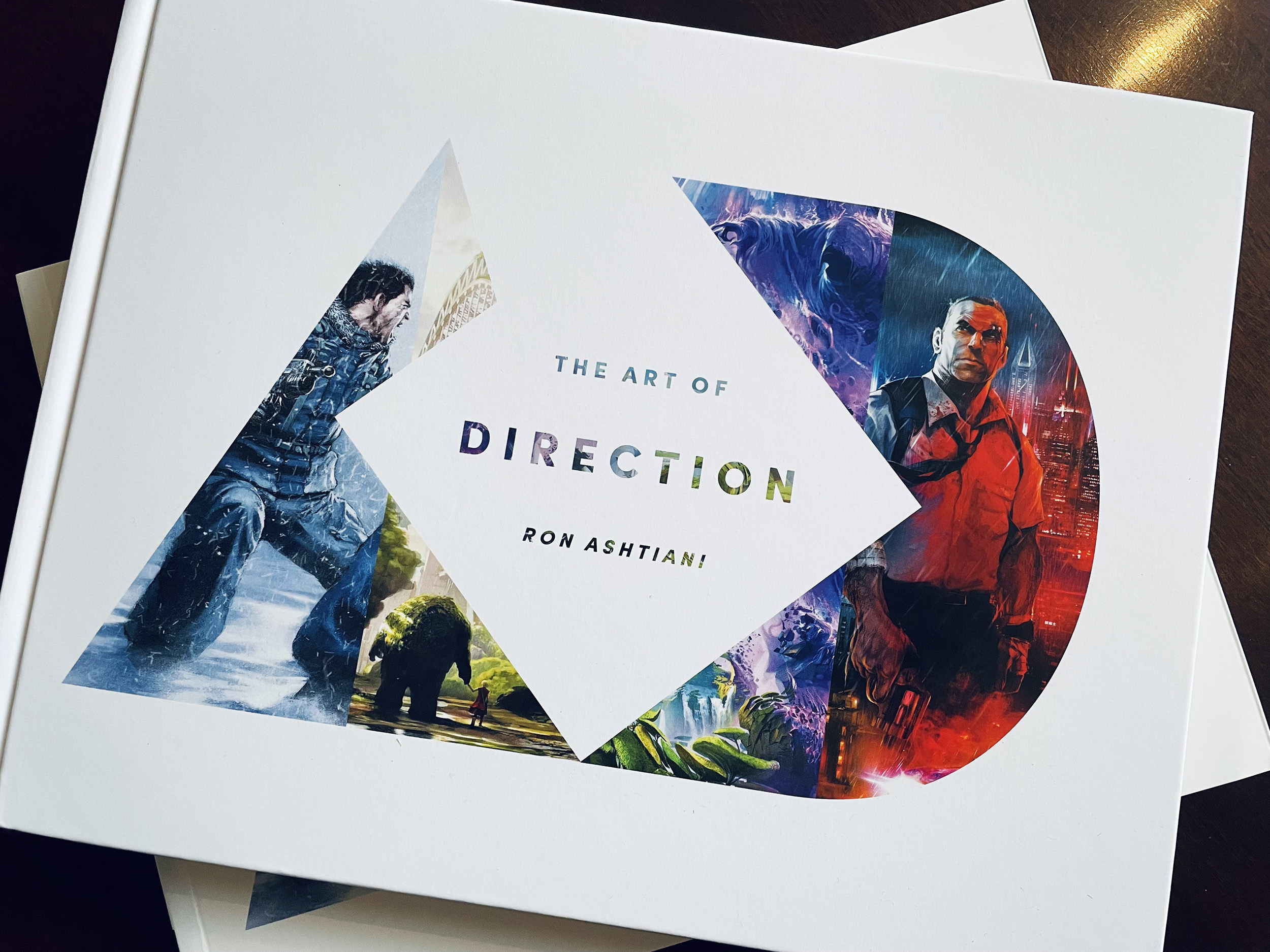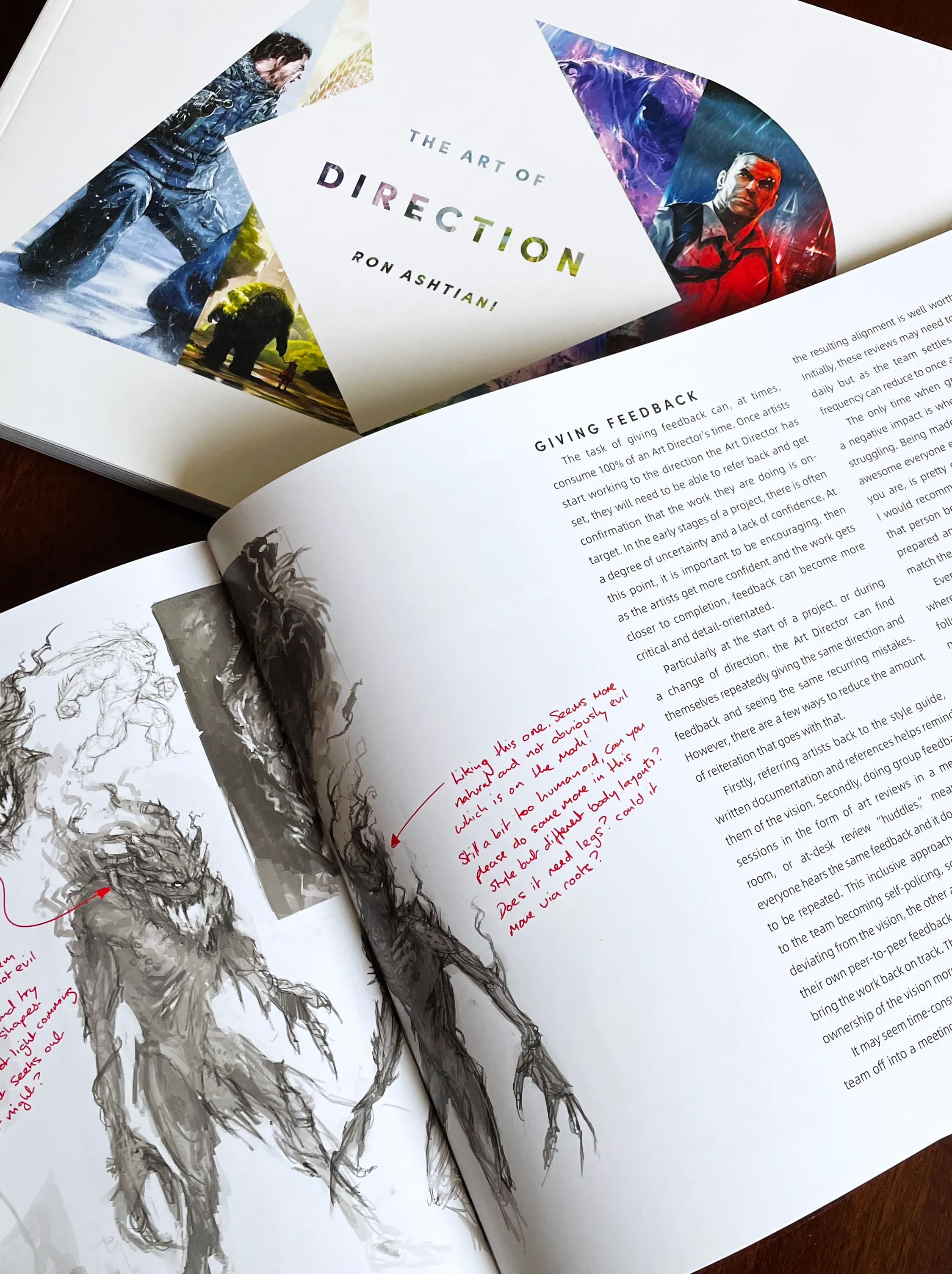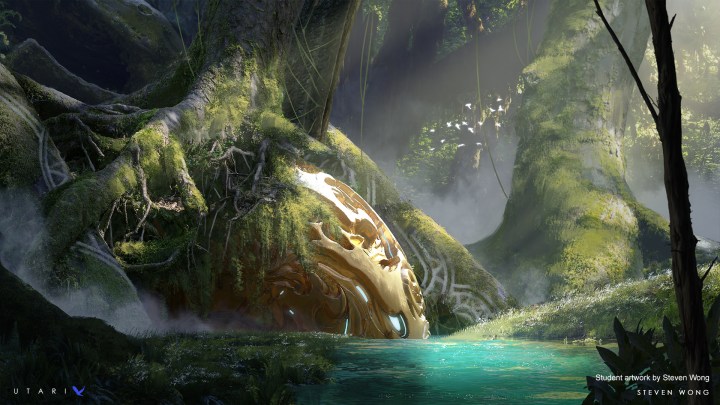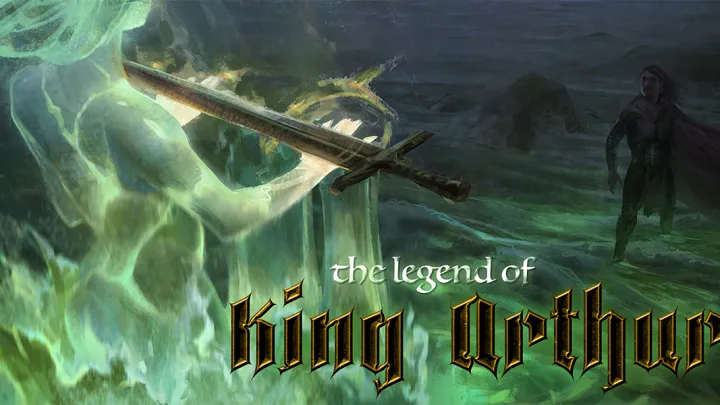Ron Ashtiani on Writing The Art of Direction
A new window into the world of art direction has opened with the recent release of The Art of Direction by Ron Ashtiani. Building on Ron’s 25 years of experience in the creative industry, this 176-page book features detailed examples using artwork from some of the best-loved games and films of the last decade. The Art of Direction details the most essential skills of an art director, all the way from crafting artistic visions to managing a team of artists to bring that vision to life.
For this interview, we had the opportunity to speak with Ron about his new book and learned more about the exciting lessons it has in store for readers.
Where did you get the idea to write The Art of Direction?
I worked in games as an art director for many years and created various training courses and talks for my teams. At the end of these talks I would often have people ask for recommendations on places where they could learn more. Later, when I founded Atomhawk in 2009, I realized that many of the newer, more junior recruits hadn’t worked in game development at all and so didn’t fully understand the process. Many of the more senior artists also wanted to know more about managing creativity in a team.
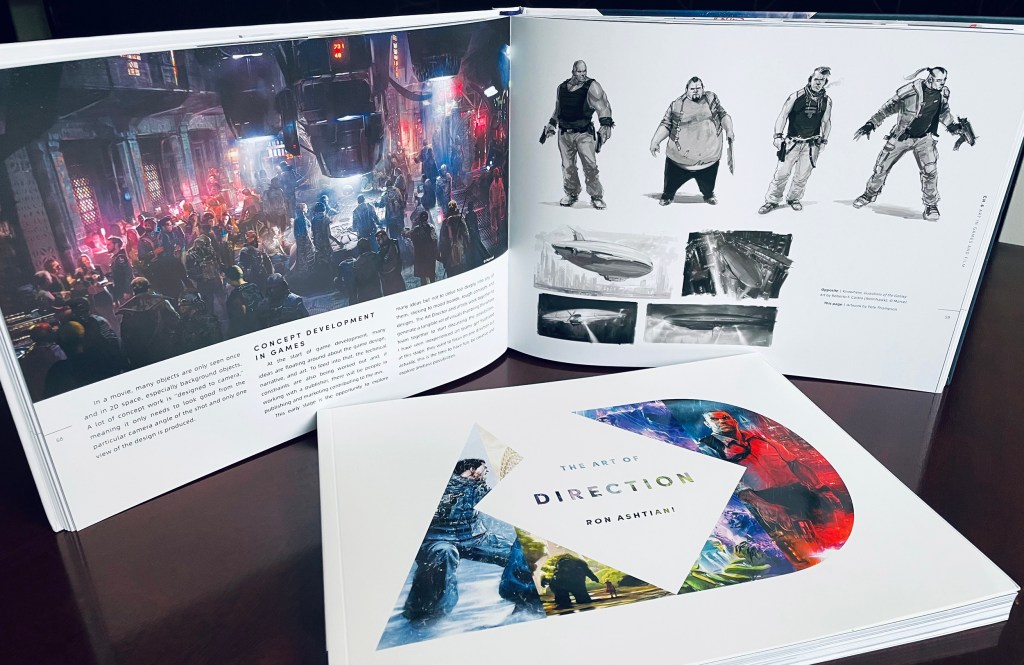
I developed an extensive training talk about art directing and the key pillars of working with teams of artists. I also created another presentation about directing art for movies from my experience of working on Thor II, Guardians of the Galaxy, and Avengers II. These were well received so I polished them further and started speaking at industry events across the world. I eventually combined these talks into a two-hour learning course called The Art of Direction (which is available on ArtStation).
However, there is only so much you can cover in a video, and so the concept for the book was born.
Who do you hope discovers your book?
The book is designed to be accessible, yet detailed and informative for more experienced readers. The primary audience is senior artists that want to take the leap into art directing. The book contains lots of information on the role of the art director, the techniques used, and also career advice from a panel of eight industry-leading art directors.
It is also suitable for students and junior artists as an introduction to the art development process and what to expect as they work in a team. There are plenty of examples from real-world games and movies, and also a whole section on making good artistic decisions that all artists should enjoy.
Experienced art directors might take away new methods and also some insights into managing teams. The book will serve as a reminder and survival guide for them that they can refer back to when they feel stuck or under pressure.
What was the process of writing The Art of Direction like?
I would love to say that writing a book was easy but just like starting a new piece of art, the fear of a blank canvas/page is just as real. At the start I would beat myself up about not getting enough done but a friend, who is a professional writer of 40 years, gave me some great advice. What I learned is to show up every day and write something, even if it is just a page.
So I did and after a few weeks it became a habit. It reminded me a lot of the process of learning to be an artist. The barrier to entry is hard but just keep showing up, do the work, and eventually you get there. I had great editors spurring me on in Karen Ashtiani and Daniel Wade.
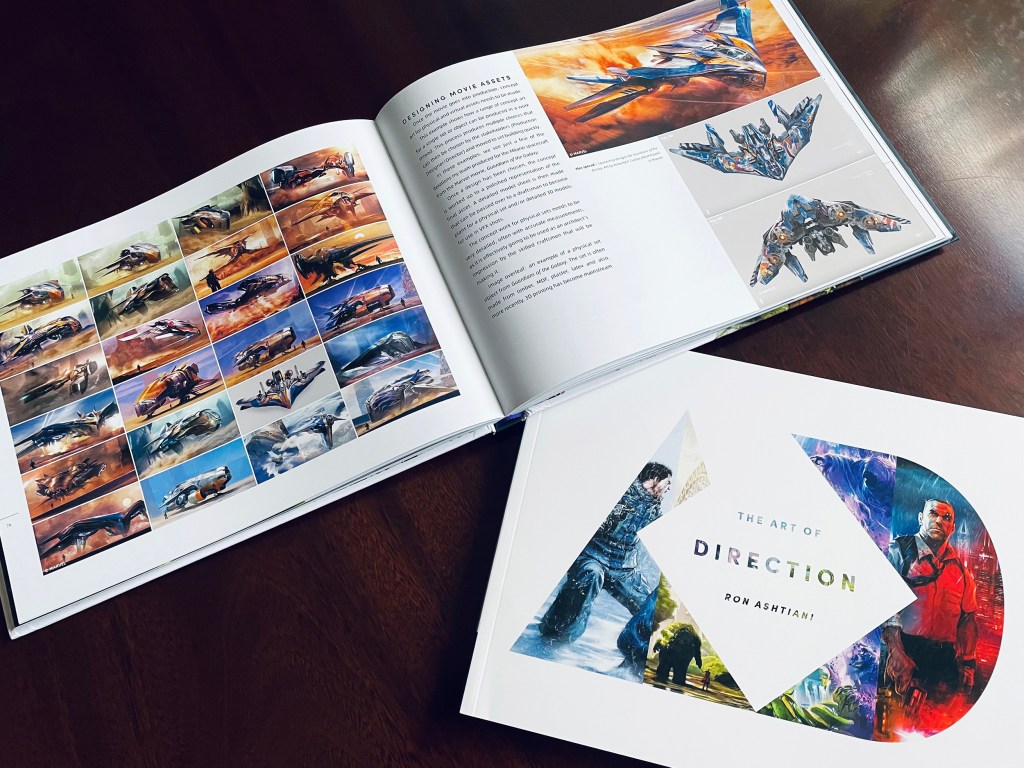
I especially enjoyed writing the section on combining unusual reference points to create something new: be it a genre, theme or style for a project. I also very much enjoyed writing the section on making good artistic decisions as there is a wealth of art knowledge in there.
I know readers can expect to see some of your printed art in the book. Are there any pieces you’d like to highlight?
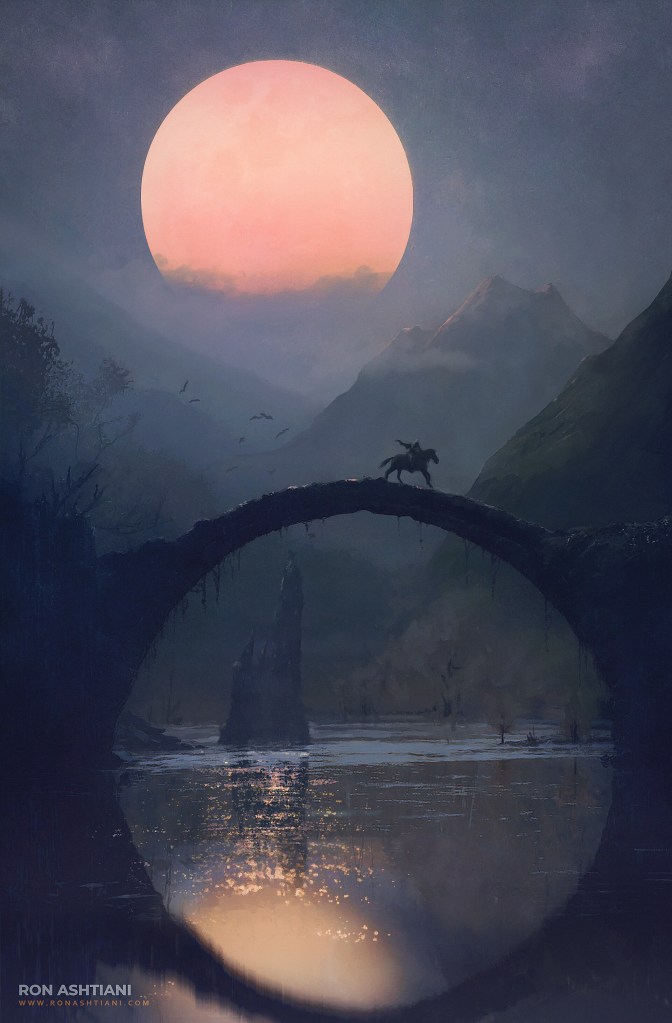
I think I am a typical art director in my view of my own work. I have spent my working life helping others get the best from their work and spend very little time on my own art. However, in the last three years I have been doing a lot more and there are a few of my pieces dotted about the pages. The main ones are the examples I produced to illustrate integrating reference ideas into a design and also as an example when thinking about elements of composition and texture. My successful “Rider at Dusk” image is used to explain composition and troublesome tangents.
In our previous conversation about your The Art of Direction ArtStation Learning series, you talked about the importance of practice for artists. Do you have any other words of advice for readers?
As I mentioned earlier about the process of writing a book, nobody starts off good at anything and getting started is the hardest part of all. Talent can give you a leg up but it is showing up to put the hours in that gets you there. For anyone wanting to get good at art, the main thing is to read, study other people’s processes, and to put the hours in practicing and to not give up. I have some tips on this in the book.
Where can people order The Art of Direction?
The book is available from retailers like Barnes and Noble and Amazon by searching “Ron Ashtiani The Art of Direction”. It is also available from the publisher, Design Studio Press, here.
Ready to begin your journey with The Art of Direction? The first 50 fans to order The Art of Direction from the Design Studio Press website with coupon code ArtStation will receive 25% off their copy!

